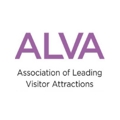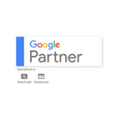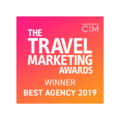Two Steps to Successful Accessibility Marketing
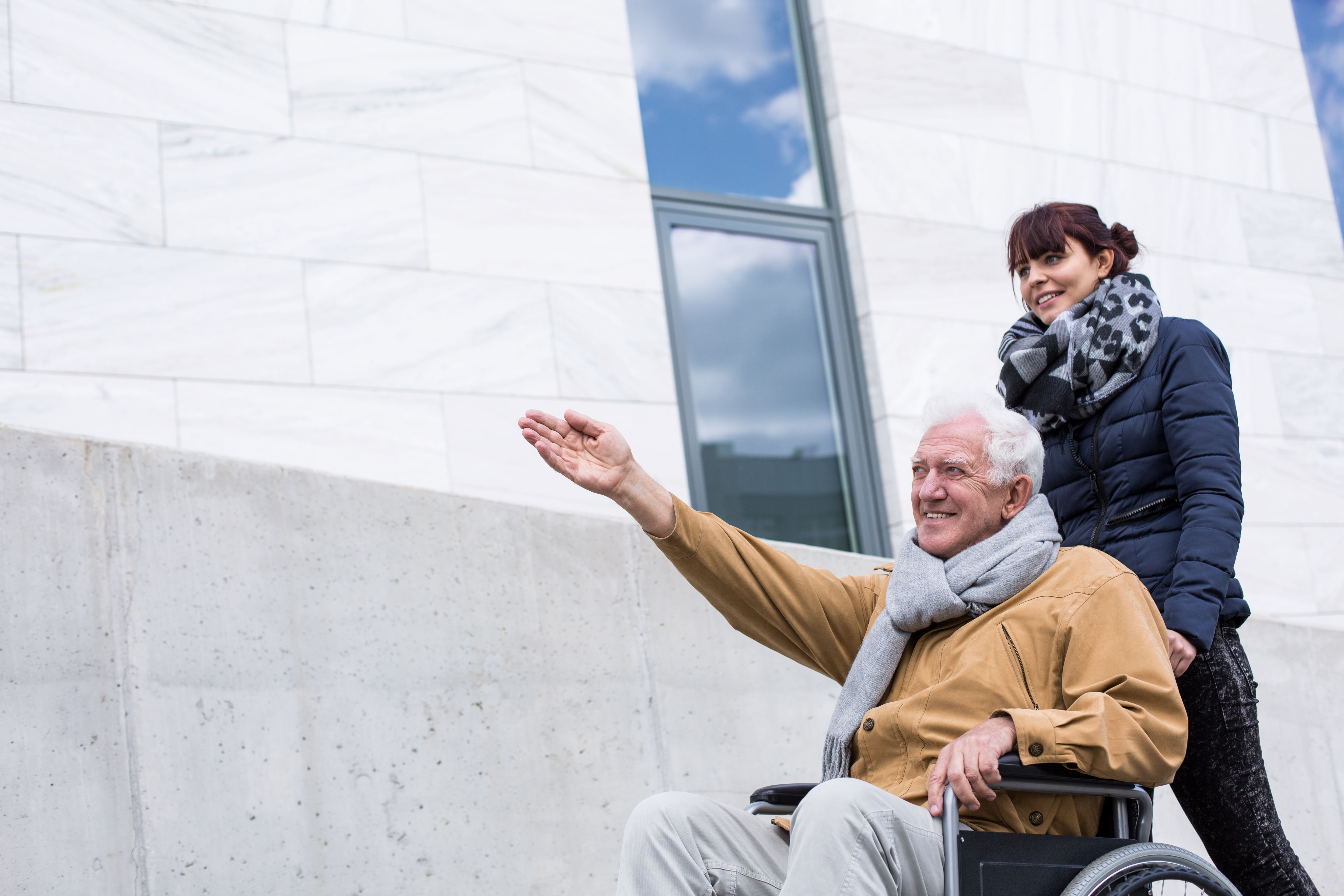
By 2025 a quarter of the tourism market will have accessibility needs. Already, one in five people in the UK live with either a disability or a health condition which affects how and where they choose to spend their leisure time. Here is some advice for tourism marketers looking to highlight their accessible offering to this market.
While there are obvious moral and legal reasons to improve accessibility, there are also strong commercial reasons (which are often, sadly, the fastest way to drive change). It’s believed that the accessible tourism market in the UK is worth around £12 billion annually, and there is huge growth potential in the market, with demand outstripping the current supply. Promoting your accessible offering can lead to increased visits, repeat business, an enhanced reputation and a competitive advantage.
The Challenge
When it comes to putting together a strategy for marketing to people with accessibility needs, you may worry about your lack of understanding or about getting it wrong. But, if you stop to think about it, you probably already know someone with accessibility needs.
Accessibility is not just a challenge for people in wheelchairs. At some point in their lives, most people will have accessibility needs of some kind, whether it’s travelling with young children, pregnancy, illness or old age. It is estimated that by 2040 one in seven in the UK population will be aged 75 or over, and with ageing comes an increased chance of poor eyesight, mobility impairments and hearing loss.
Globally 1 billion people have accessibility needs in some form, but 50% of these people don’t travel for two reasons:
-
-
-
- They don’t have the information they need
- They fear something going wrong when travelling
-
-
There are three pillars of accessible tourism: physical facilities, customer service and promotion. You may not have direct control over the premises or customer service, but you can provide the right information and promote it to the right people.
Successful accessibility marketing comes down to providing as much information as possible and making sure that it reaches the people who need it.
1. Provide the right information
When potential visitors are planning their next trip, they need as much information as possible to help them understand if your attraction or destination will meet their needs. The information you provide should be accurate, easy to find, up-to-date and uncomplicated.
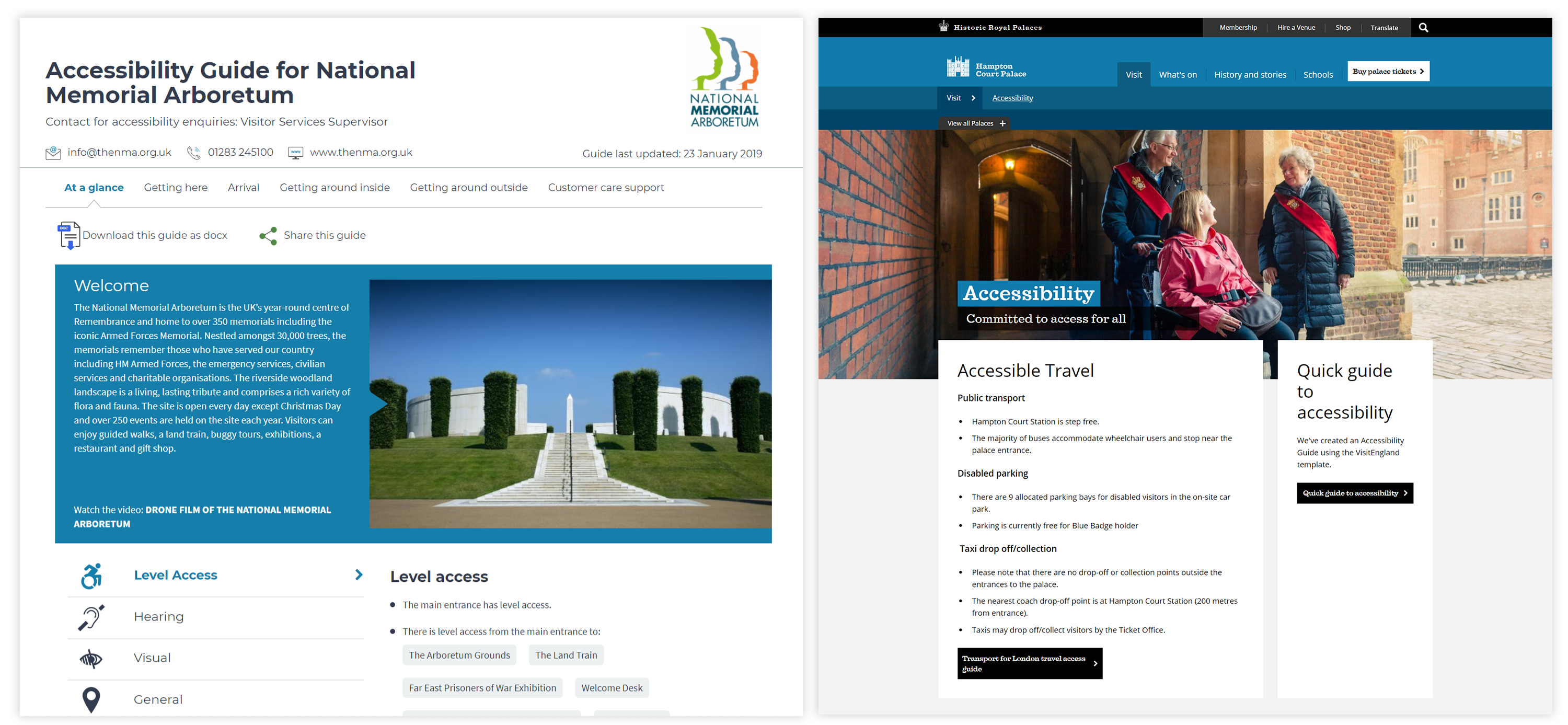
Publish a detailed and accurate accessibility guide which covers all the information required by a visitor with accessibility needs (VisitEngland provides a free online tool to help you create and publish your guide). Examples above from National Memorial Arboretum and Hampton Court Palace. You can also create video / virtual tours to complement your written information. This will give visitors a more comprehensive understanding of your facilities, which allows them to preempt any potential problems and plan their trip accordingly.
Make accessibility information easy to find on your website by displaying it clearly on your homepage, not just hidden away in your footer. This section should include accessibility FAQs, your video tour and accessibility guide. According to Access for All UK, “53% of disabled people will assume that you’re inaccessible if they can’t find accessibility information”.
The way you communicate your information is as important as the information that you put together. Use welcoming and inclusive terminology and provide alternative formats for people who may not be able to access copy on your website, for example visually and hearing impaired visitors. Make sure that the visuals you use in your marketing are inclusive too. Use imagery of people with accessibility needs in all your marketing and communications, not just your accessibility guide.
2. Promote your offering
- Reaching the right audiences can be difficult. My experience is that digital advertising, email marketing and digital ‘word of mouth’ are the most effective ways to promote yourself online.
- Digital advertising allows for precision targeting and rich ad formats, reaching people at all stages of the decision funnel.
- Use social media advertising to inspire people with accessibility needs to go to your website and find out more about your offering. Use inclusive imagery and copy in your posts.
- Paid search allows you to target people who are actively looking for a place which accommodates people with accessibility needs. This allows you to direct these people to your website and your accessibility information.
- Retargeting users who have visited your website can provide 2 – 3 times higher conversion rates. You are able to retarget with social and Google ads based on users who have engaged with ads, videos and those who have visited your website previously. If someone has previously visited your accessibility guide, you can target them with special offers, blog content or additional information to keep your destination top of mind and encourage bookings.
- Digital Radio and TV have significant reach and now provide targeting capabilities to rival social advertising – this opens up incredible opportunities through these channels.
- Email marketing provides you with direct, organic communication with your audience. Always ensure that you gather email addresses from your visitors, which will allow you to generate repeat visits with newsletter, special offers, event announcements. Include any updates to your facilities in your newsletter and include details on accessibility for special events.
- ‘Word of Mouth’ is an incredibly valuable source of information when booking a holiday. People get reviews and advice from peers on sites like Euan’s Guide and TripAdvisor and from online influencers.
Include influencers with accessibility needs in your influencer strategy, who can provide trustworthy advice to their audiences.
Always ask for feedback from your guests, either through email or via sites like TripAdvisor or Euan’s Guide. Euan’s Guide is a review website which is used by disabled people to review, share and discover accessible places to go.
Good testimonials should be added to your website and shared on social media (always get permission first).
Moving in the right direction
Most organisations in the tourism industry have a lot of work to do in order to make their spaces truly accessible for all. But that shouldn’t put you off! The key is to get started and focus on what you CAN do.
If you’re looking for help with our digital marketing, get in touch. We’re specialists in travel and tourism and we provide digital marketing services to organisations across the sector.
Simon is one of the founders of Digital Visitor and has over 20 years marketing experience in the tourism sector, particularly with destinations and visitor attractions.




